
Ban Tien Minh and Ban Tien Nguyen in Pa Hat, Tham Duong commune (Van Ban, Lao Cai province) on their way to school across a stream. At this point, when it rains heavily, children have to swing on rafts to cross the stream to go to school - Photo: VINH HA
Coming to Mo De Primary and Secondary Boarding School for Ethnic Minorities in Mo De Commune (Mo De School), Mu Cang Chai District, Yen Bai Province on the first day of school, there were many emotions.
Except for the first and second graders, each student has a job such as sweeping the school yard, cleaning mud left after the rain, wiping tables, chairs and flower pots.
Being both a teacher and a parent
"Dad, I've been a good boy this year, don't worry!" - Giang A Dai, a 9th grade student, said to Mr. Nguyen Tan Phong, the teacher in charge of the boarding group, on the first day of school. Mr. Phong is the teacher many students call "dad" because he takes care of everything. When students have arguments, problems with their families, sick students, power outages, or clogged drains, they all call him.
Students who make mistakes many times, and whose parents and other teachers are "at a loss", come to Mr. Phong to talk and advise them day after day, patiently like the rain that soaks in the rain. Dai is a naughty student and often makes mistakes. So after a summer vacation, he returned to school in an excited mood and immediately showed it to his "father" as a commitment to "be good" in the new school year.

Teacher Nguyen Tan Phong, father of many students at Mo De School, and the students he needs private tutoring - Photo: V.HA
Mo De School has first graders who are away from home for the first time. On the first days of school, the children cry all the time. Parents stay with their children for 1-2 days and then have to say goodbye, mothers cry and children cry. Some children have older siblings who are allowed by the school to stay with the first graders during the first confusing days. But basically, the responsibility of "being both teacher and parent" still falls on the shoulders of the teachers.
"There are children who go to school without clothes or personal belongings, so teachers have to find them for them. The money for school materials is returned to the parents, so teachers often take care of books, notebooks, and supplies for the children. Every day there are many things to keep an eye on and do for the students, as if they had a large group of children," said Ms. Pham Thi Dien, a first grade teacher.
"At night we have to take turns patrolling. Night duty days often don't allow us to sleep well. If even one student sleepily kicks the metal wall, the teacher has to get up and check. If a student skips school to play, the teacher has to go find him. If a student misses school for 1-2 days, the teacher has to go to his house," said Mr. Phong.
Mr. Pham Minh Dung - principal of Mo De School - said that the school does not have any boarding staff, so the teachers have to take care of everything. From the work of bricklayers, welders, from fixing electricity to unclogging sewers, to bathing, cutting hair, and preparing meals, the teachers take care of everything.
The school has shifts from 6:30 a.m. to 6:30 a.m. the next day. However, female teachers are only on duty until 9 p.m. After the students get ready for bed, they can go home, while male teachers stay overnight.
The teachers here said they often have to wait for each other to go home together because the roads are difficult to travel at night. Many rainy days are slippery, but many teachers have small children so they still have to overcome them to get home.
Special school
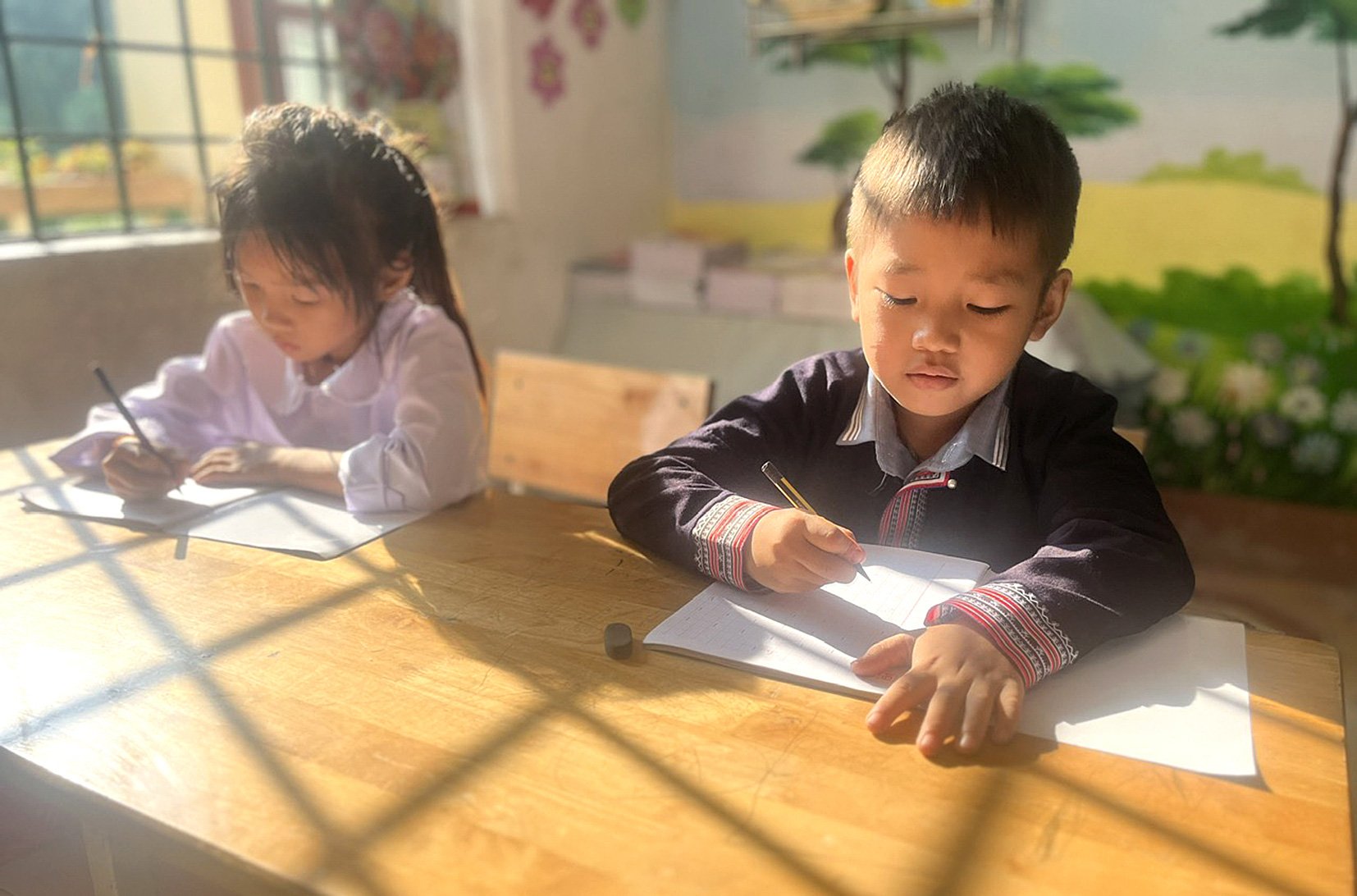
Students at Mo De School on their first days of school - Photo: VH
Mo De School has 921 boarding students from grades 1 to 9 out of a total of 1,120 students. 100% of the students are Mong ethnic group and over 90% are from poor and near-poor households.
Everything about this school is special. No other school has so many different types of classrooms: high-rise buildings, bungalows, wooden houses, and corrugated iron houses. Out of 16 classrooms, only eight are solid.
The tables and chairs are of all kinds and sizes because they have to be used and sponsored. The boarding students stay at school until the weekend and then go home. There are many students but not enough rooms, so each boarding room has more than 70 students. The entire boarding area has only three toilets.
Boarding students receive a subsidy of 40% of their basic salary, 15kg of rice and 150,000 VND/student/year for school materials. According to teacher Pham Minh Dung, with the subsidy, students' meals are okay, and they even eat better than at home. Because there are many poor families who do not have the conditions to provide their children with enough food and nutrition.
This is also a reason why many families support sending their children to school. However, when sending students to school from grades 1-9, the responsibility of teachers is very large while the conditions for caring for and teaching children are still extremely lacking.
Before the 2016-2017 school year, Yen Bai had 765 separate schools, including two levels: preschool and primary school. Each school had only a few classes, each class had about ten students, and some schools had so few students that they had to organize "combined classes" of 2-3 levels or "advanced classes".
Bringing students to central schools has been carried out for more than 10 years and there were many difficulties in the beginning, the most difficult being convincing the people.
Raft to school
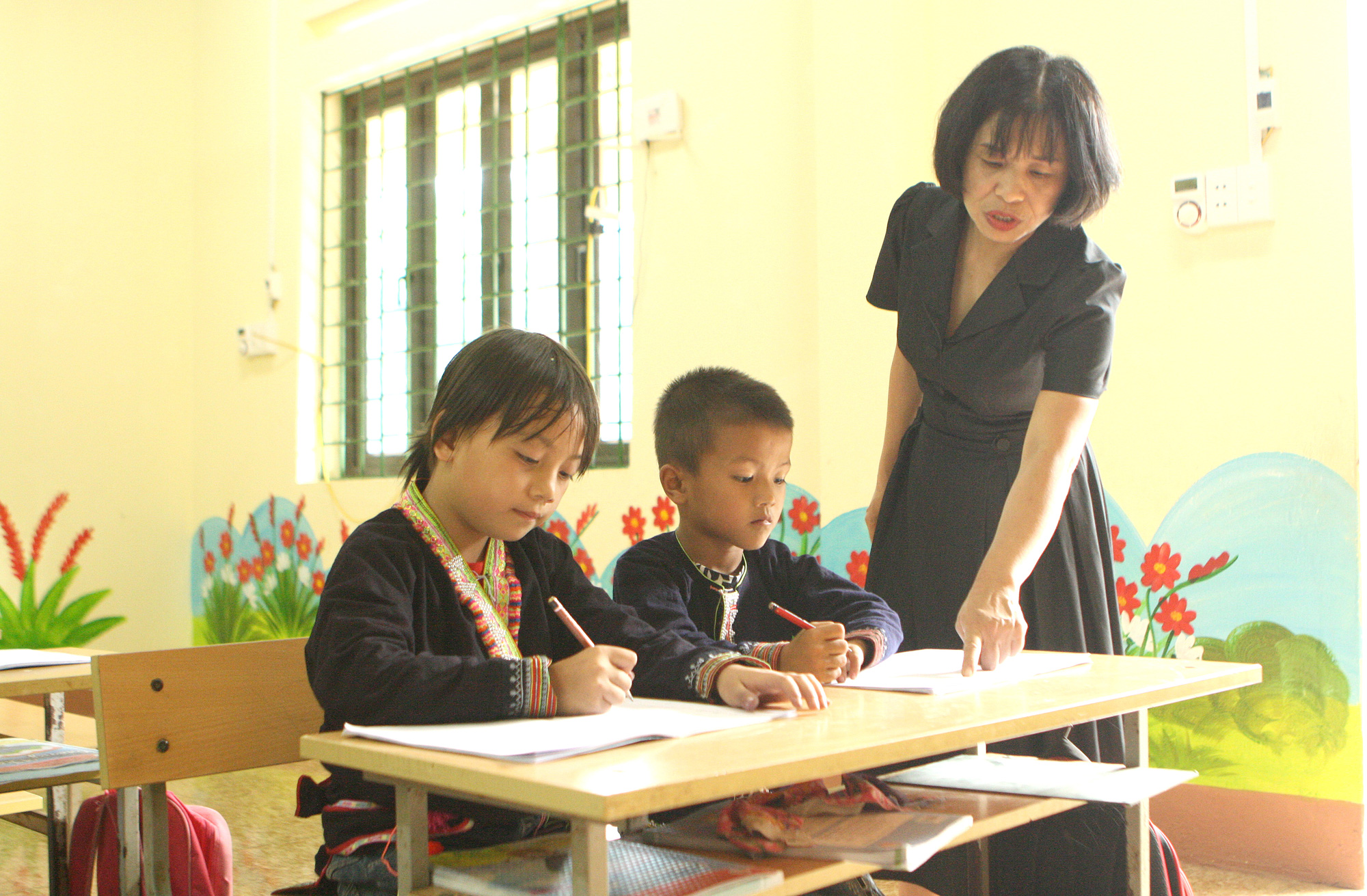
Ms. Ai Lien, a combined class teacher who has been staying at the separate location of Tham Duong Primary School (Van Ban, Lao Cai province) for many years - Photo: VH
Tham Duong Primary School is located in a poor commune of Van Ban District (Lao Cai). Here, first and second graders still study at a separate location, while third graders go to the central school.
The students only travel to and from school twice a day, on Friday and Sunday afternoons, but they have to travel quite a distance. Many students now have their parents take them to school by motorbike, while others have to walk and cross streams.
Pa Hat village is located deep in the primeval forest. To get to the central school or to the branch of Tham Duong Primary School, you have to cross a stream. In the dry season, children wade across the stream, but on rainy days when the water rises, they have to go by raft. People have tied the raft to two ropes stretched across the stream. To cross the stream, they have to stand on the raft and swing across the rope.
Mr. Nguyen Van Tang - principal of Tham Duong Primary School - said that the population in Pa Hat is small so the government is planning to relocate instead of building a bridge, but the people want to stay. Children in Pa Hat have to walk about 3-4 hours to get to school and the school site.
Ban Tien Minh and Ban Tien Nguyen are two second graders who were picked up by their grandmother from Tham Hiem school (part of Tham Duong Primary School). The stream is dry today, but Mrs. Sinh - the children's grandmother - said that they will probably not be able to return home until evening. And the next morning, they have to wake up at 5am to take the children to school.
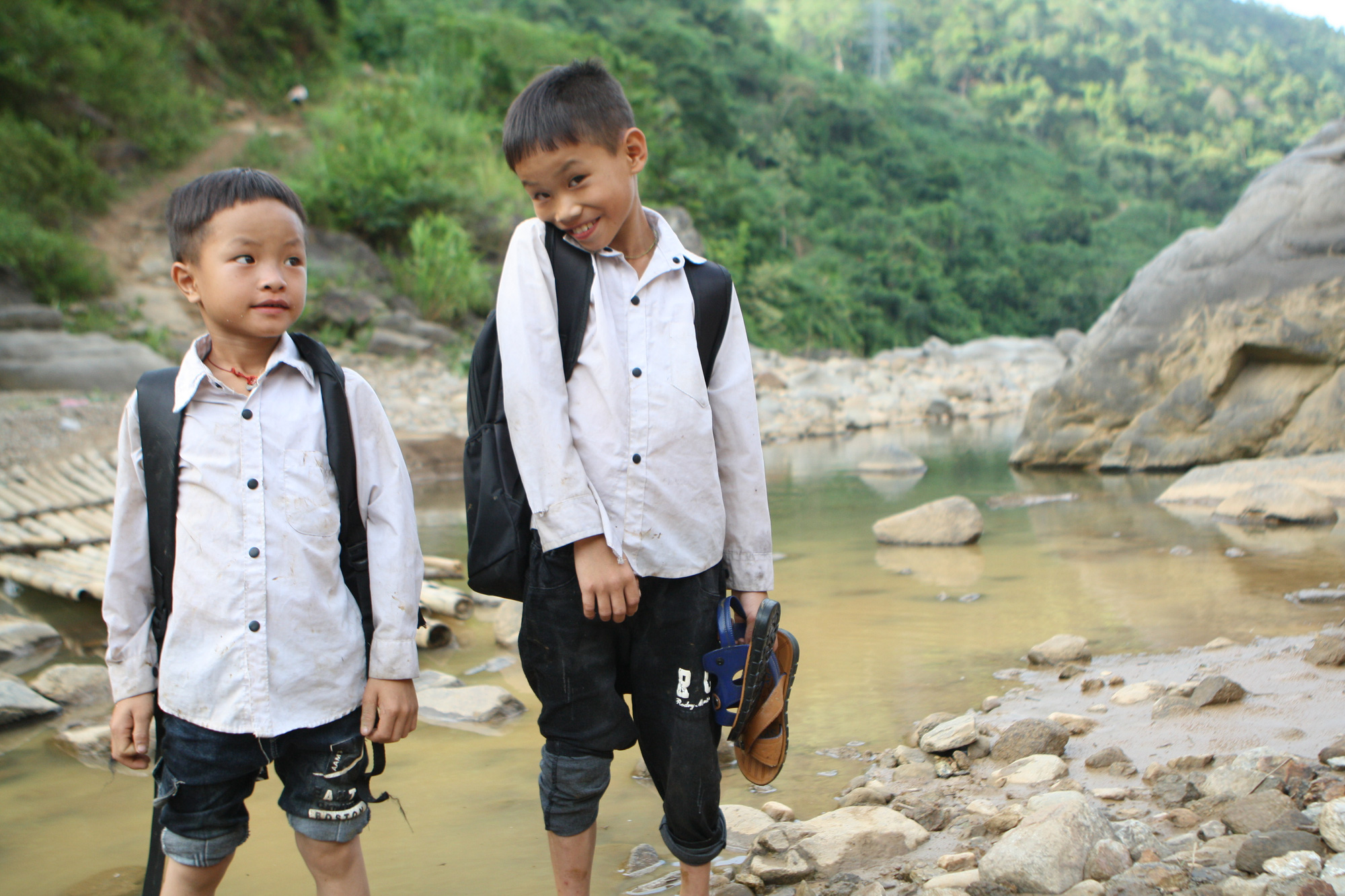
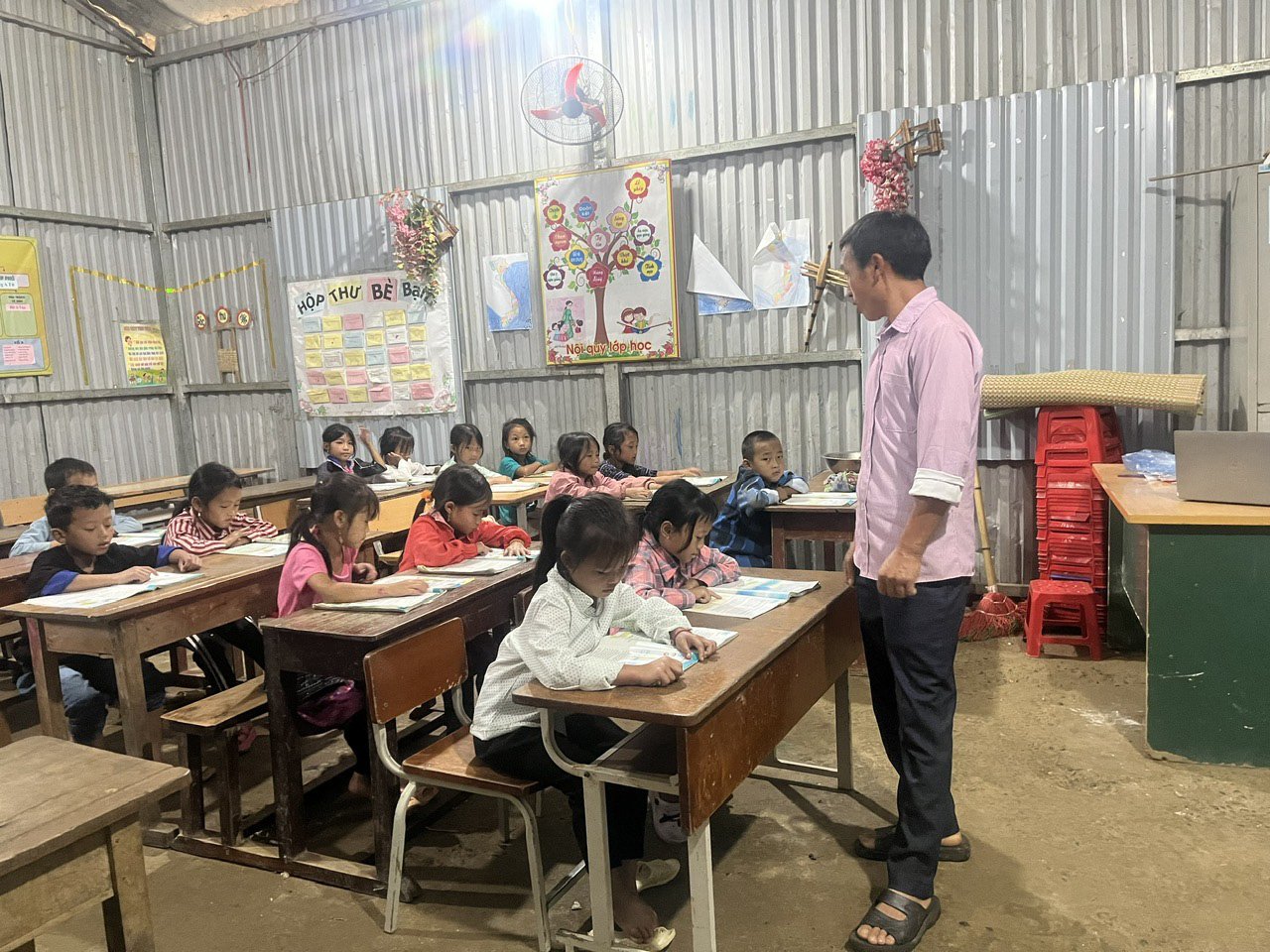
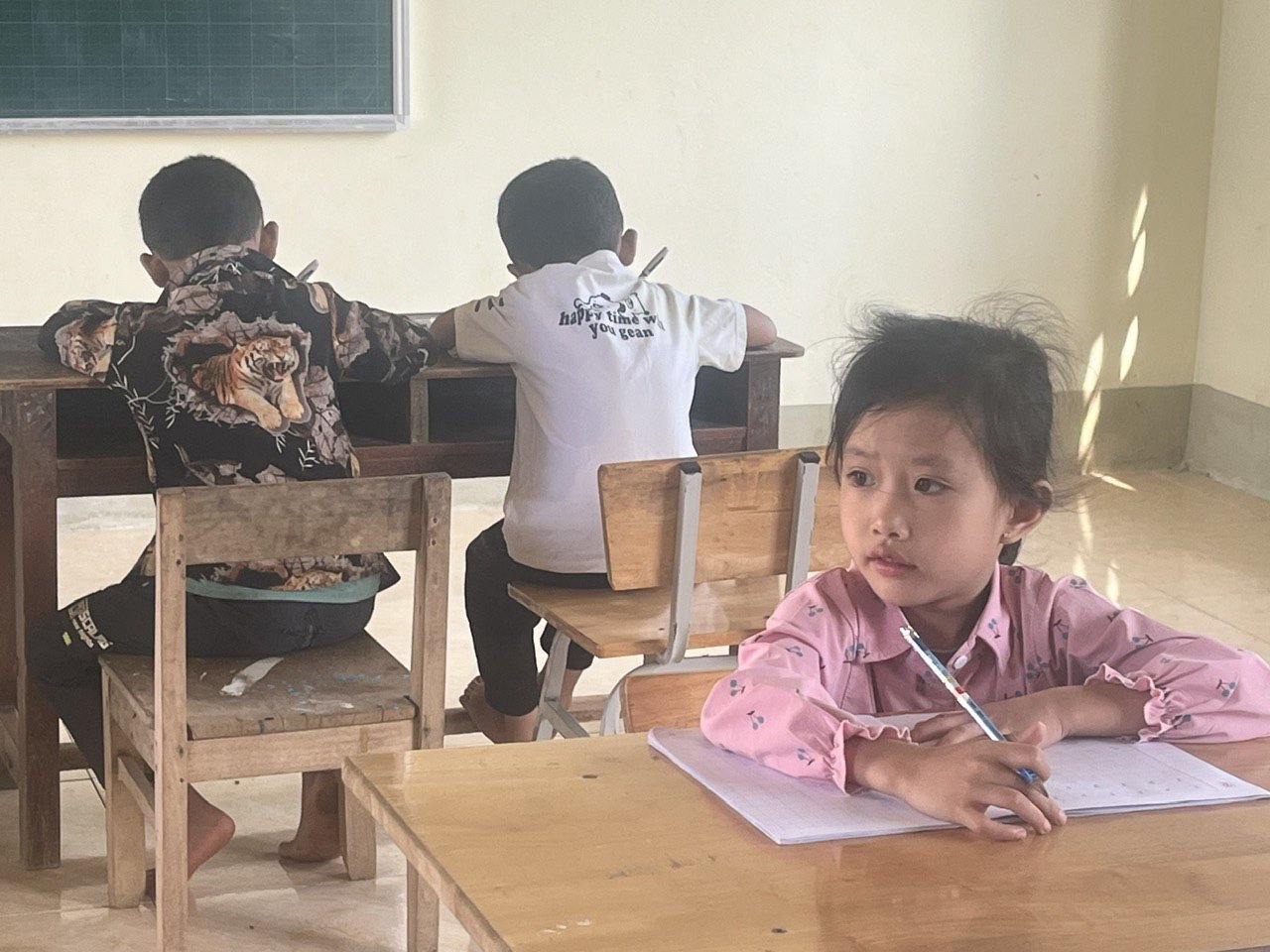
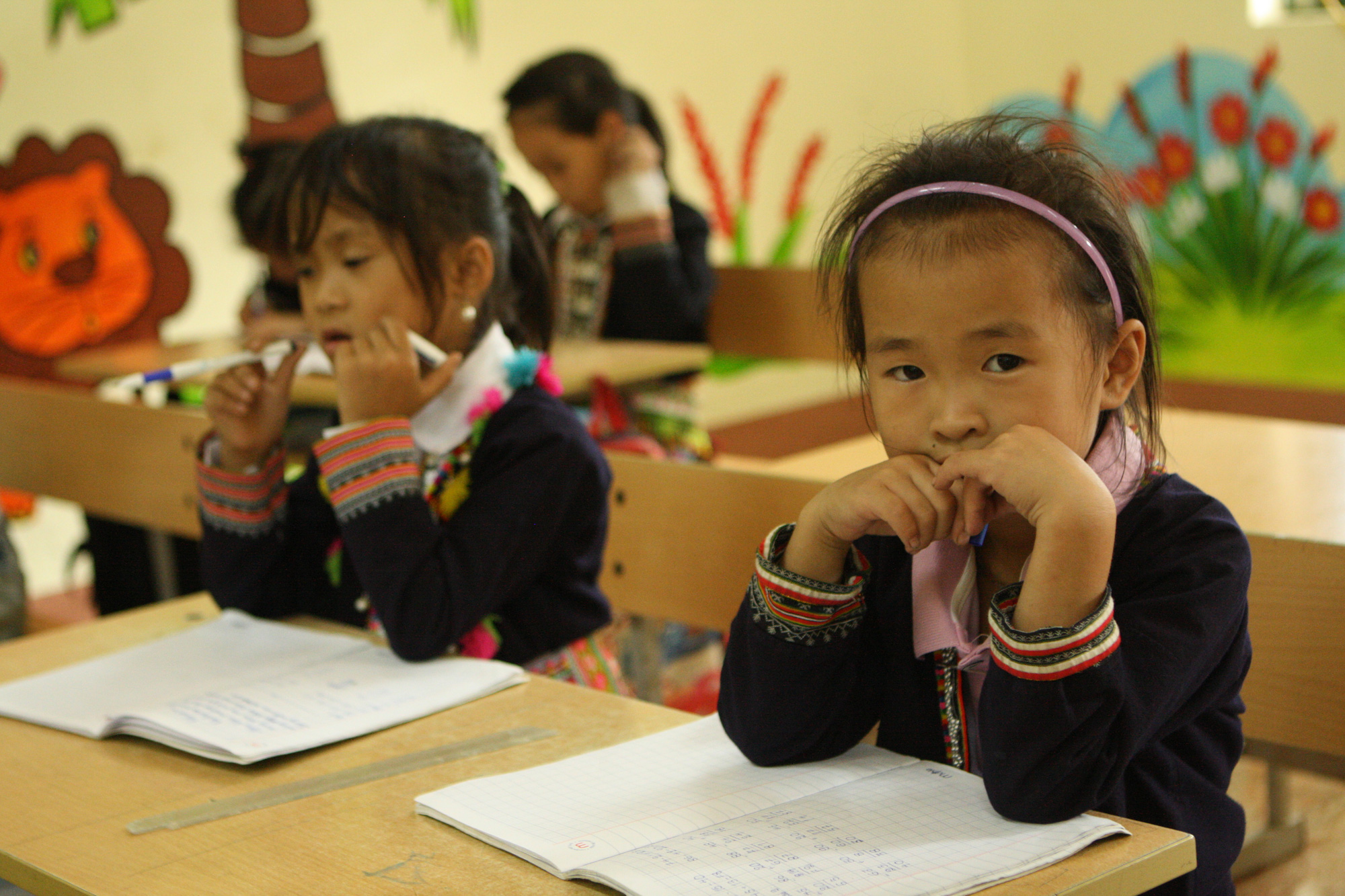
Students in the highlands walk and cross streams to get to school. In many places, students have to study in combined classes - Photo: VINH HA
Tham Duong School has two other students in Pa Hat who are in 4th grade and are staying in a boarding school, so they only go back and forth once a week, but they still have to walk. Because the road is difficult, a few hours on the road is normal, but it is more difficult on rainy and flooded days. Mr. Tang said that there were times when students did not come to school, and the principal had to personally swing a raft to the other side to bring the students back to school.
If children can walk 3-4 hours, teachers can also walk a similar distance to bring students back to school. "They live in the forest, almost isolated from other places. When teachers came to find their students, their parents had to use buffalo horns to call their children, and it took a long time for the children to return," Mr. Tang recalled.

Students in Nam Dang (Van Ban, Lao Cai province) on their first day of school. The school has not yet cooked food so they bring lunch boxes - Photo: VINH HA
Nam Dang Primary and Secondary Boarding School for Ethnic Minorities, Van Ban District, Lao Cai (Nam Dang School) has 152/326 boarding students. Ms. Nguyen Thi Lam - Vice Principal - said that the students are from many different ethnic groups such as Mong, Dao, Xa Pho... and live scattered, not clustered.
Some students live 4-5km from school, but some have to travel more than 10km. Especially Dao students, who often live halfway up the mountain, have a very difficult way to get to school. More than 50% of the students here have to climb hills and wade through streams.
Efforts to bring students to the center

Students of Mo De Primary and Secondary Boarding School for Ethnic Minorities (Mu Cang Chai District, Yen Bai Province) on the first day of school
According to Ms. Nguyen Thu Huong - Deputy Director of the Yen Bai Department of Education and Training, the effort to bring students to central schools has greatly improved the quality of education, children enjoy better living and learning conditions. However, the burden is placed on the shoulders of the schools.
Many places in Yen Bai do not have boarding schools, only boarding students. Therefore, although students receive subsidies, teachers do not receive policies, while still having to shoulder the same workload as in boarding schools. However, if this is not done, it will be very difficult to meet the requirements when teaching the 2018 General Education Program.
Colorful back to school
The first day of school in Nam Dang was very colorful. Students participated in outdoor activities and danced to their ethnic tunes. Mr. Nguyen Van Cuong - Principal of Nam Dang School - shared: the difficulties in Nam Dang are similar to many boarding schools in the highlands. But what encouraged teachers was that children could study, play, and be better cared for.
"We have only been able to bring students from grade 3 to the central school. Otherwise, it would be difficult to implement the new program while maintaining mixed-level classes in the village," said Mr. Cuong.
The teacher's sharing also wants to say that the road to school in the highlands is still too far and arduous for students, parents and teachers, but it is the way to get closer to the current educational goals.
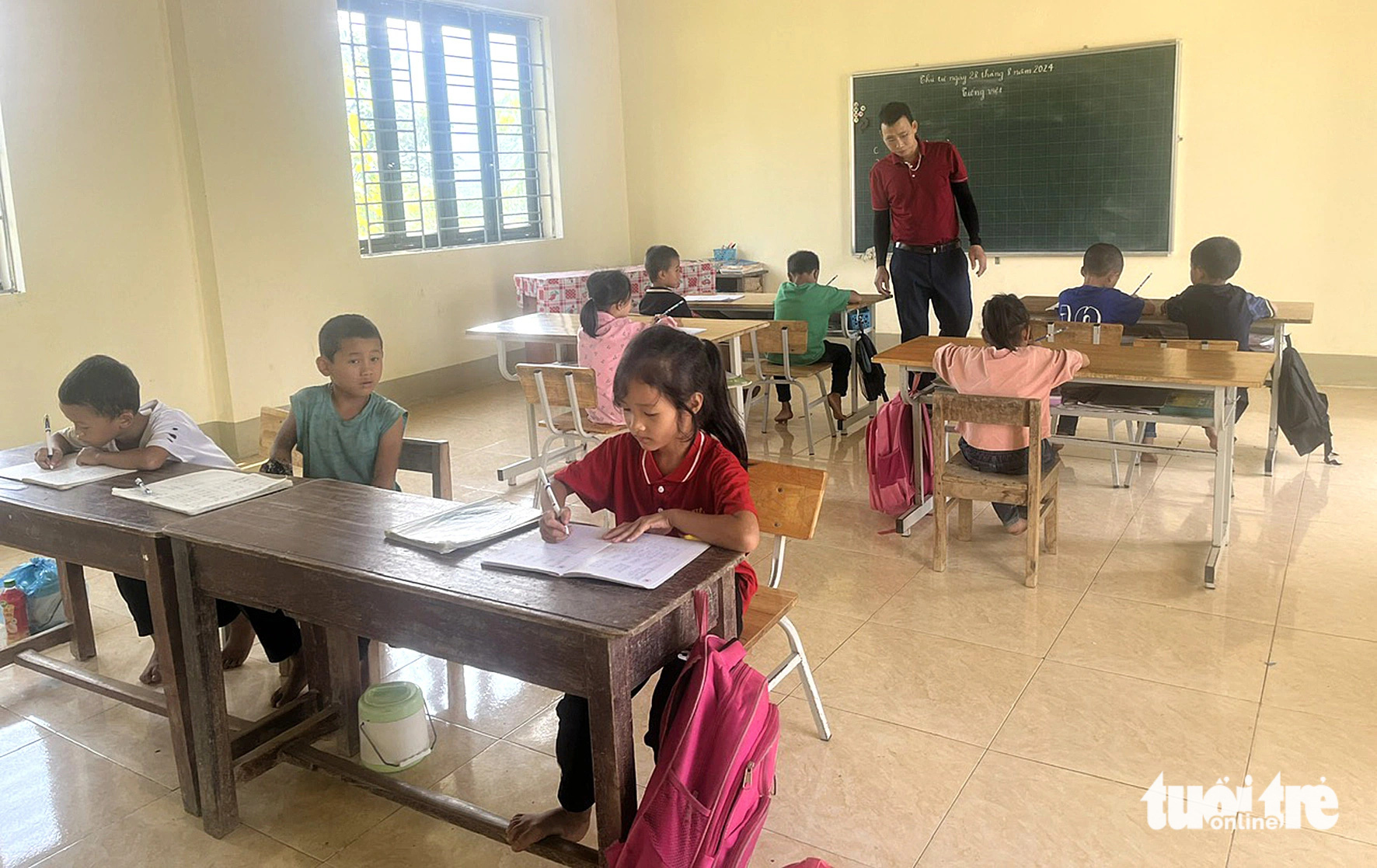
Teacher Lu Van Dieu's two-level combined class at Nam Lan location (Nam Dang School, Van Ban, Lao Cai) - Photo: VH
"One teacher, two boards" class
Teacher Lu Van Dieu, in charge of the combined class of grades 1 and 2 at the Nam Lan branch of Nam Dang School (Van Ban, Lao Cai), said he had to be present at the school since July on a voluntary basis to tutor students for free before the new school year began.
"Some first graders are not yet fluent in listening and speaking Vietnamese. They need more time to prepare mentally, so I spent the last part of the summer vacation helping them. Now, in the morning I teach a new lesson and in the afternoon I review the old lesson. The class has two levels, so there are two boards. Each student will face a different direction to study. I run from first grade to second grade, including 1-on-1 tutoring for slow students," Mr. Dieu shared.
Like Mr. Dieu, Ms. Hoang Thi Van Anh (Nam Dang School) and Ms. Nguyen Thi Ai Lien (Tham Duong School) have also been at the school since July to tutor first graders, worried that they will have difficulty accessing the new program. Ms. Ai Lien has been teaching at the Nam Con branch of Tham Duong School for four years on a volunteer basis.
In Lao Cai, "one teacher, two boards" classes like Ms. Lien's and Mr. Dieu's are still maintained in all disadvantaged communes. To reassure parents, parents are also allowed to come to school in the first days of the school year to observe their children learning and playing.
At remote locations, children do not enjoy the same benefits as boarding students, so teachers receive rice and food support from local people, parents of students, and charitable organizations. Sometimes, they spend their own money to buy food to cook for students.
Source: https://tuoitre.vn/khat-vong-den-truong-nhin-cac-em-di-hoc-ma-thuong-20240904081118519.htm





















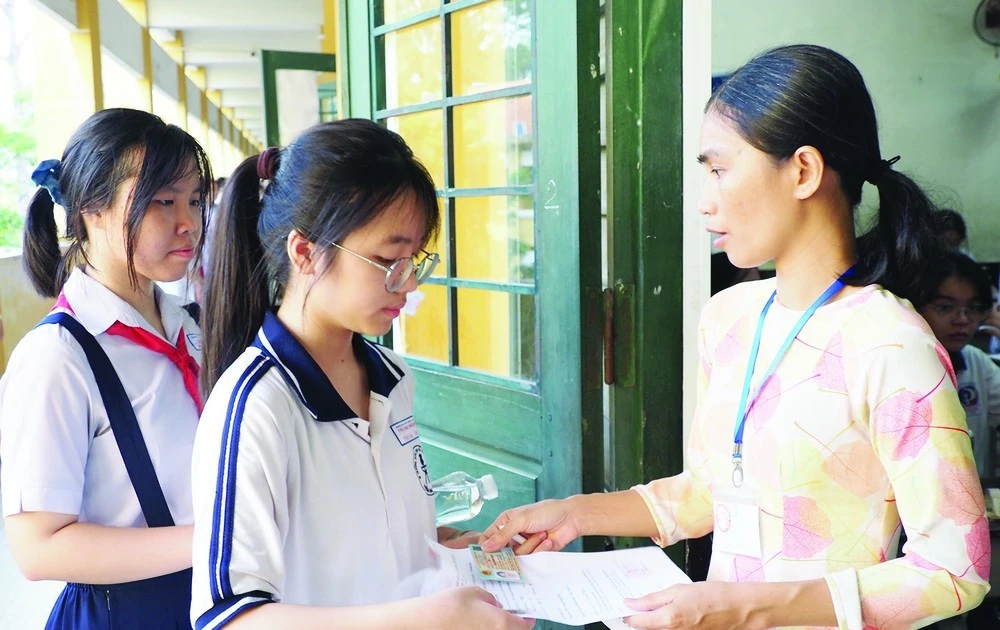











![[Photo] "Beauties" participate in the parade rehearsal at Bien Hoa airport](https://vstatic.vietnam.vn/vietnam/resource/IMAGE/2025/4/11/155502af3384431e918de0e2e585d13a)











































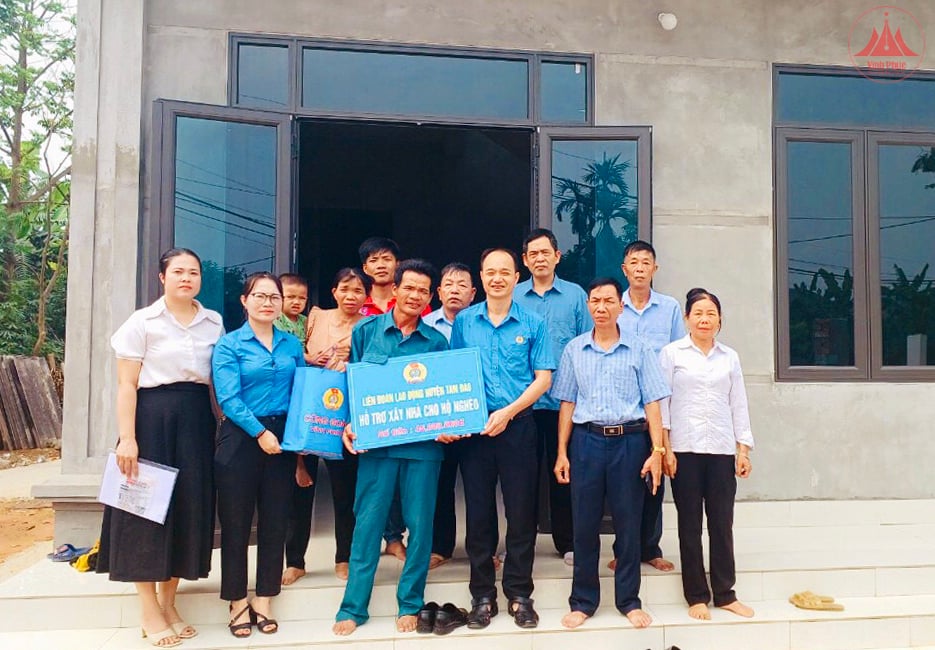



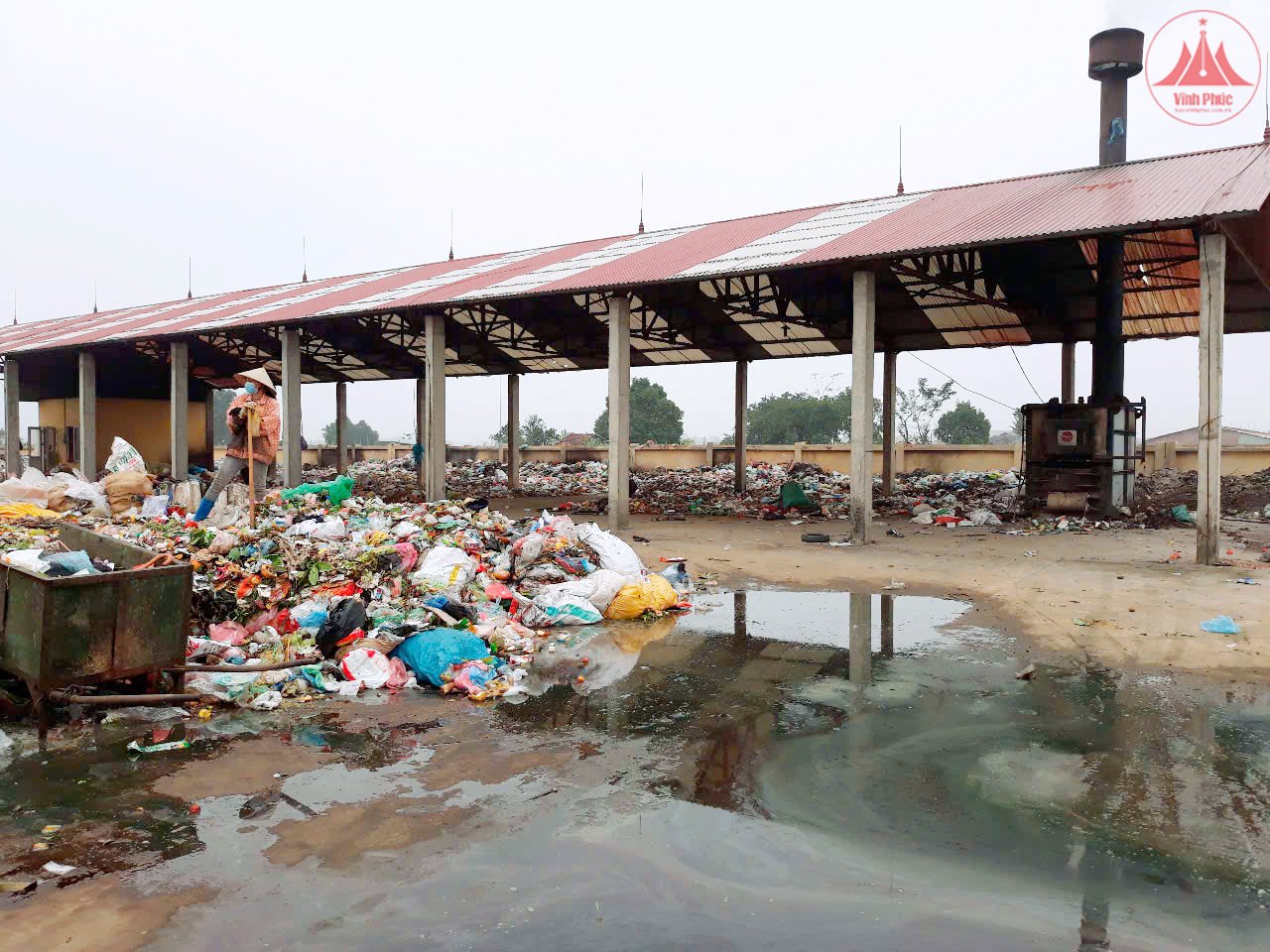













Comment (0)